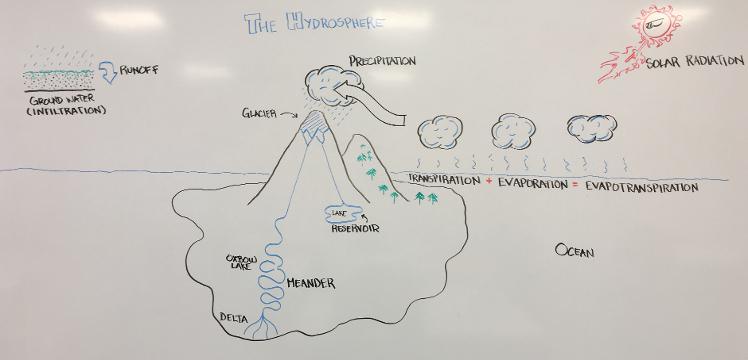
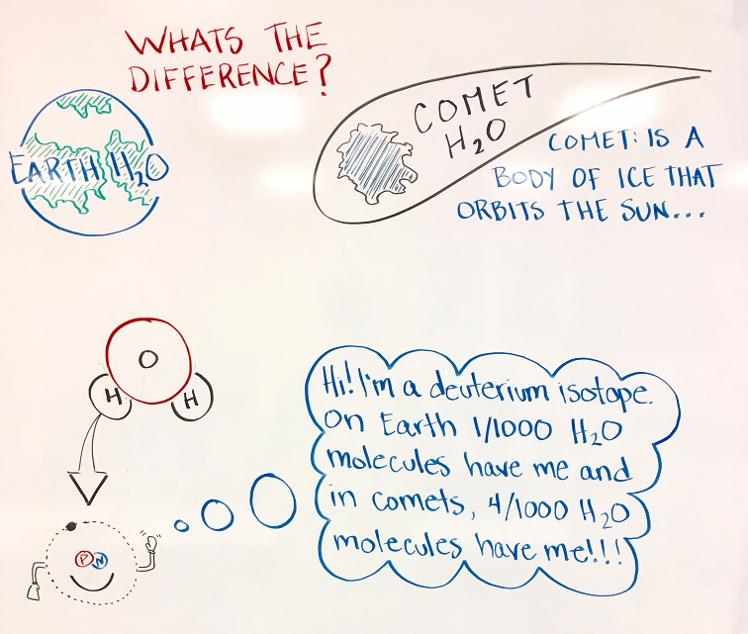
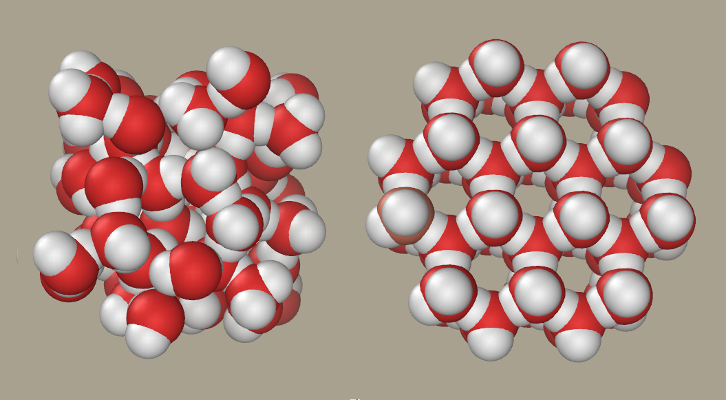
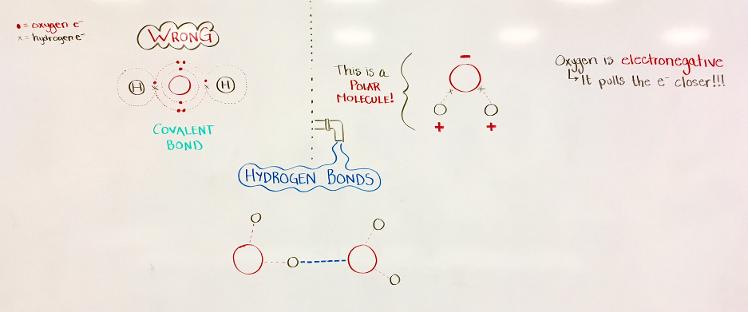

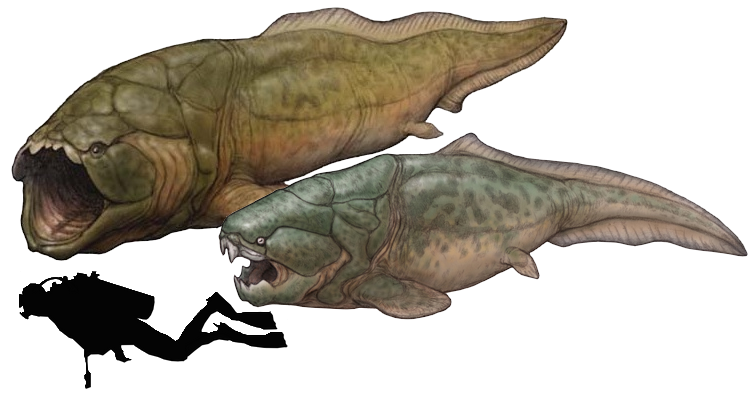
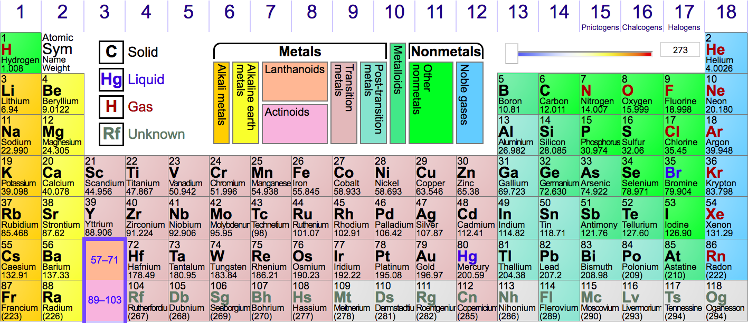
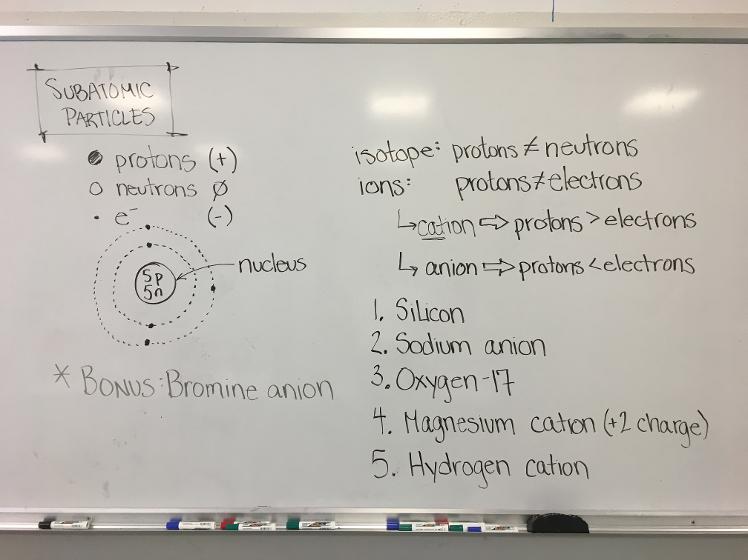

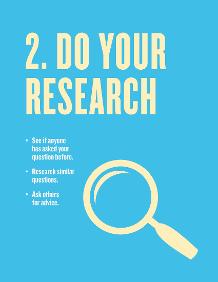
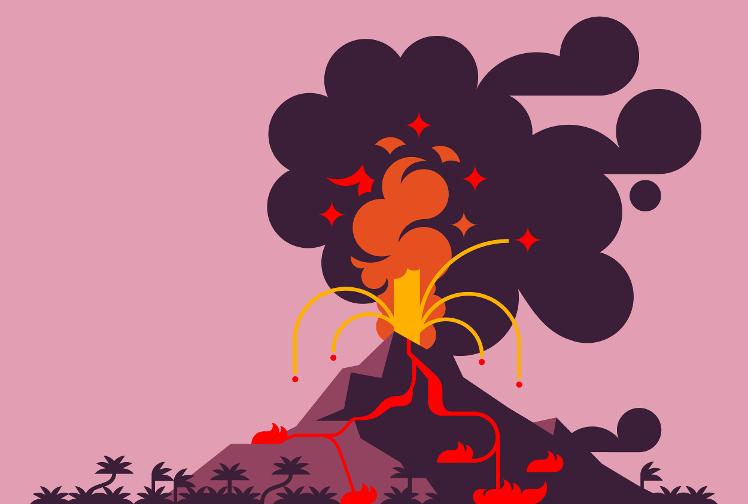
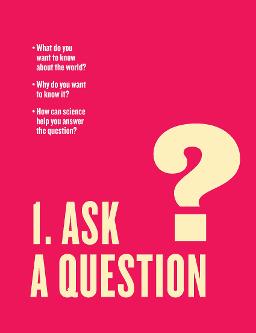
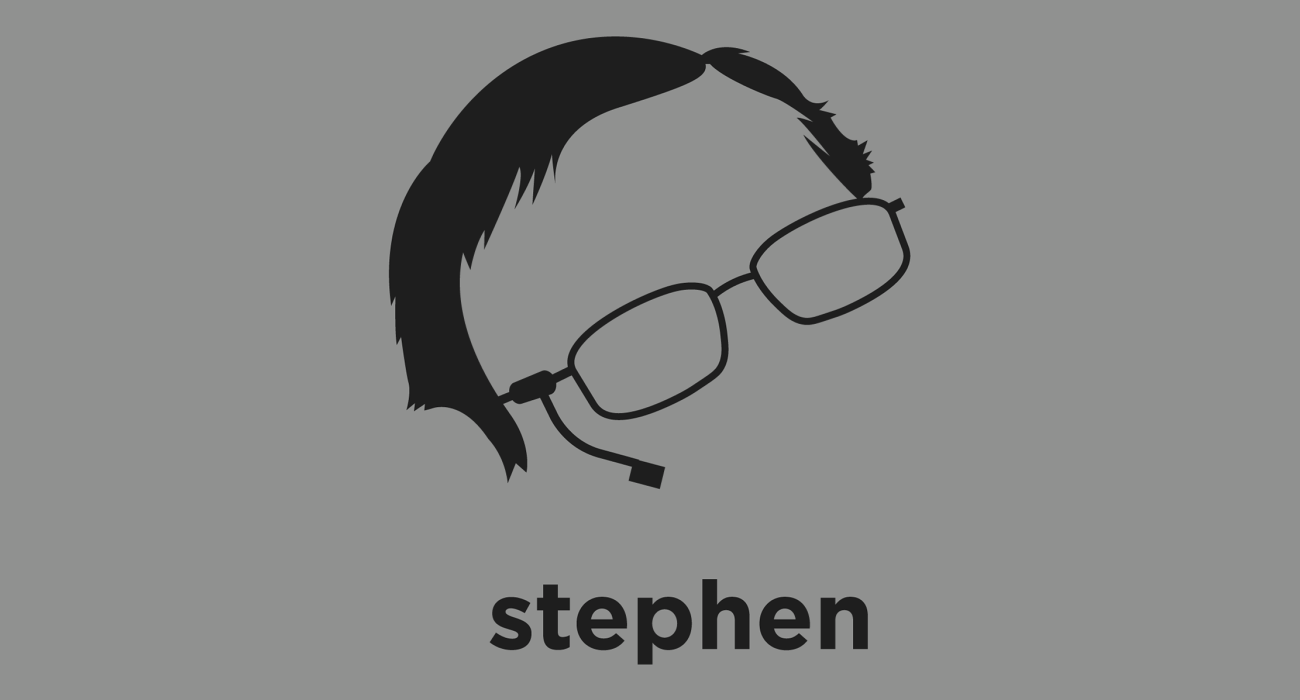
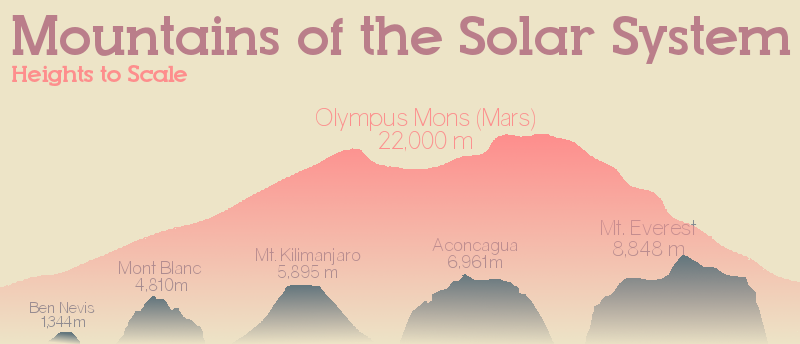
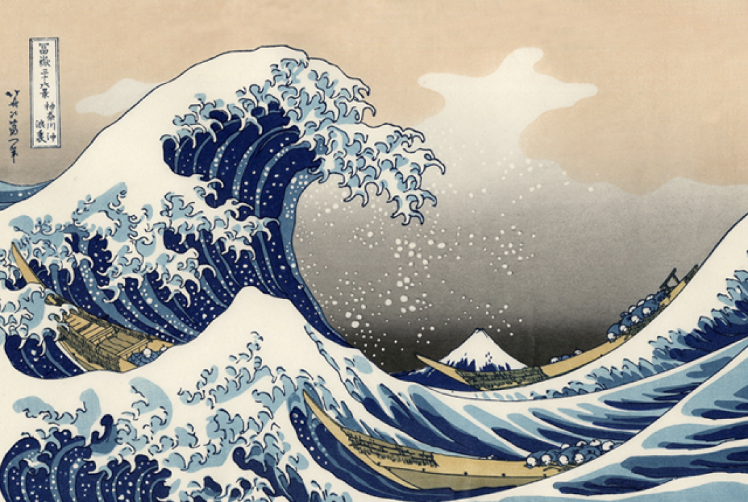

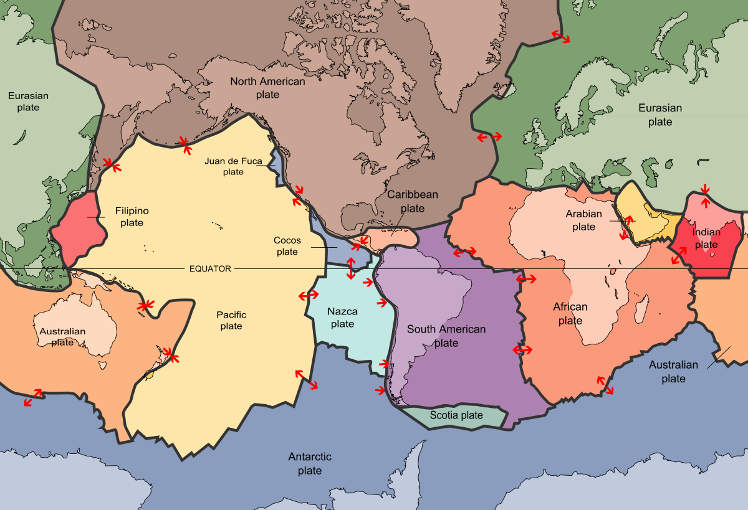
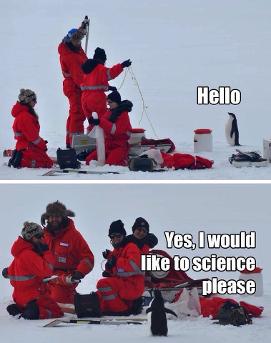
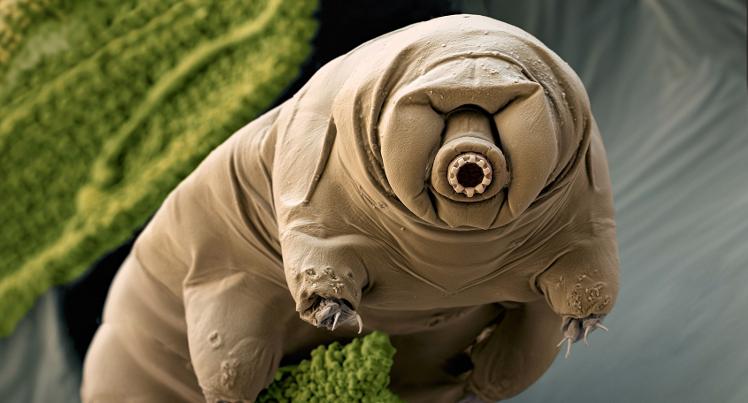
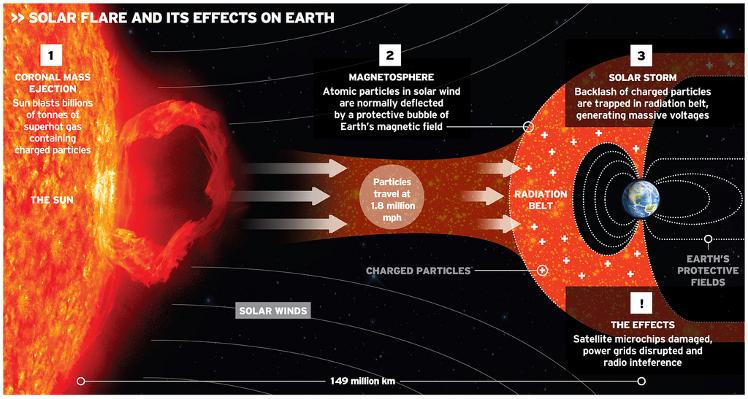
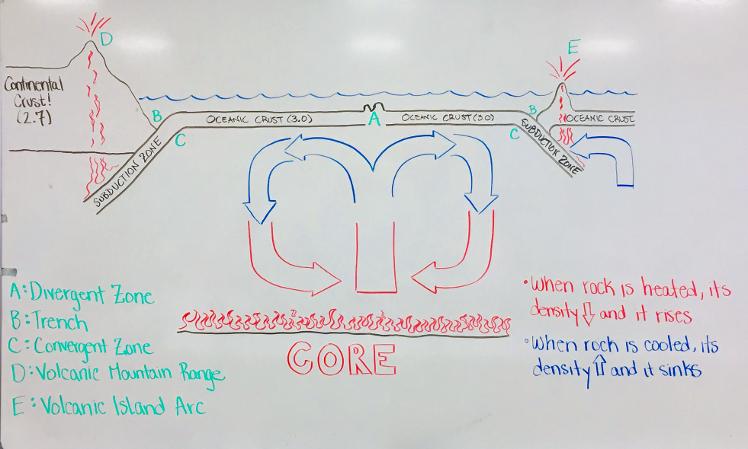

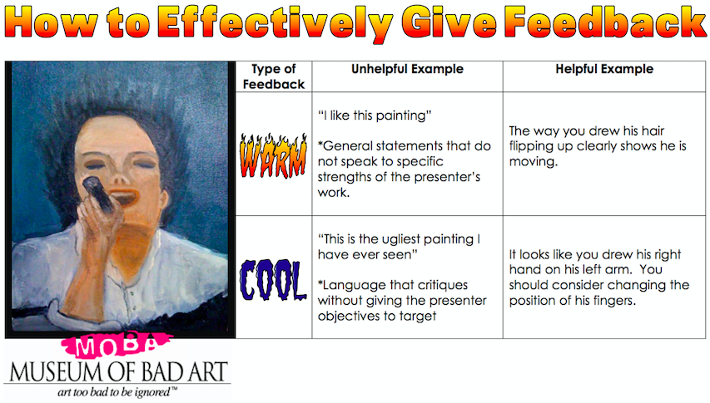
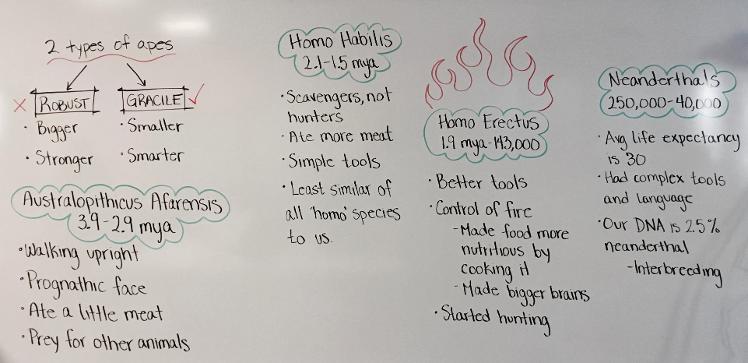
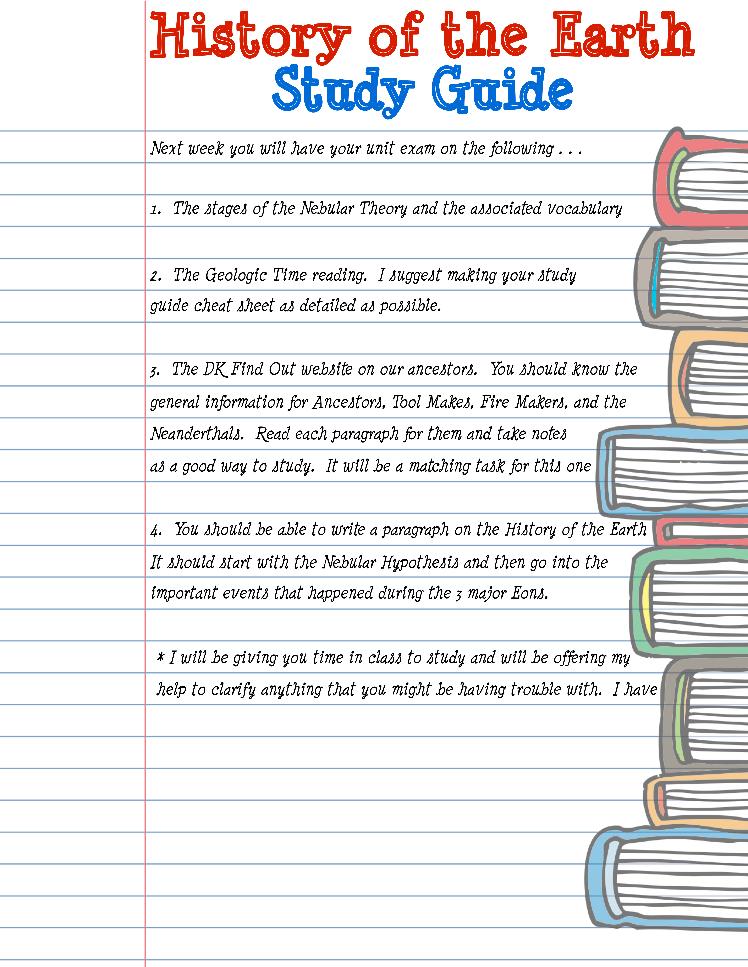
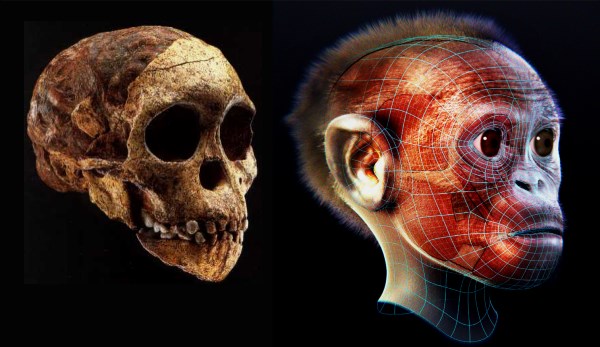
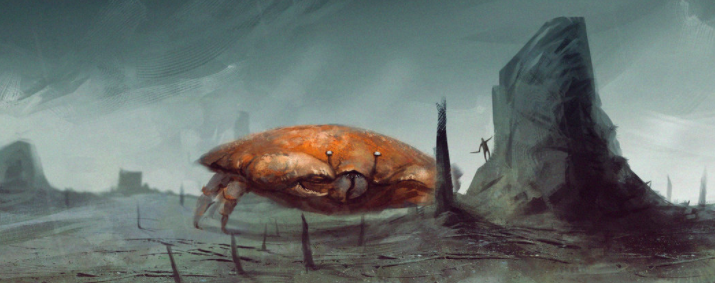
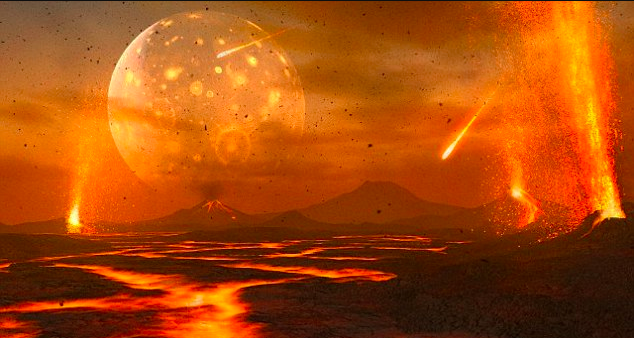
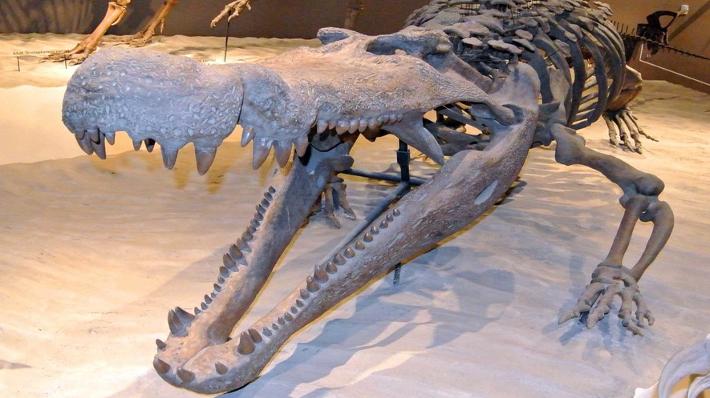

|
Nebular Theory Page 1.jpg Size : 1862.85 Kb Type : jpg |

|
Nebular Theory Page 2.jpg Size : 2160.519 Kb Type : jpg |
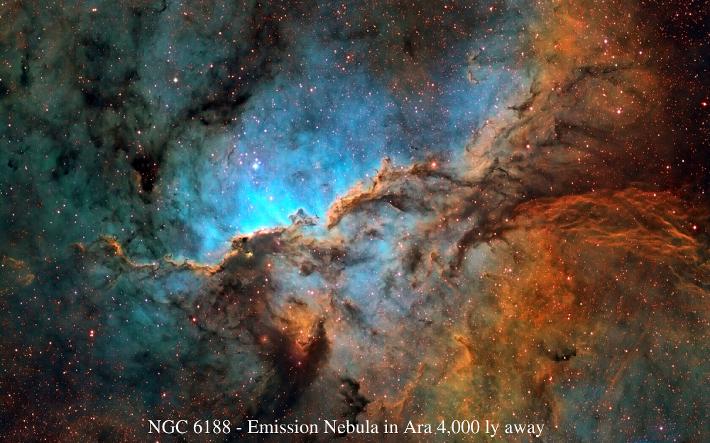

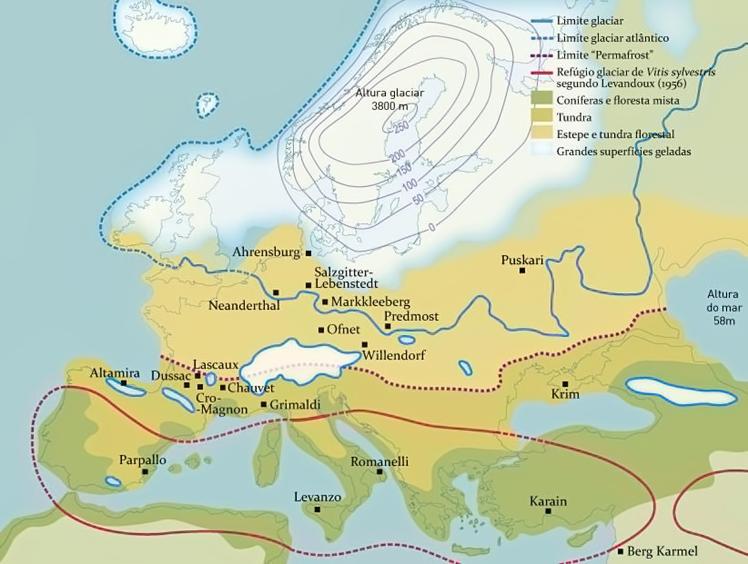

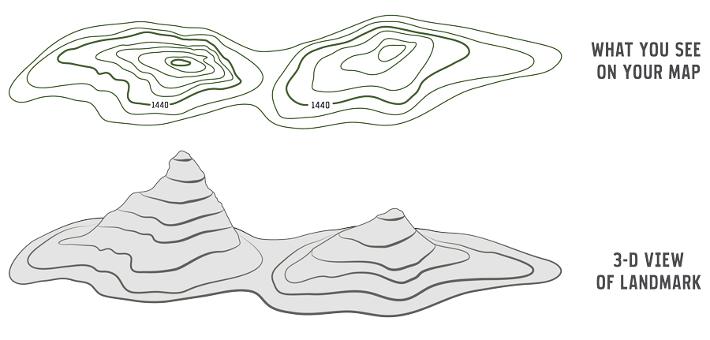
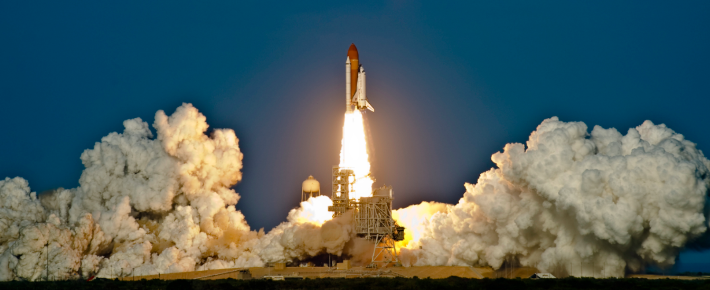
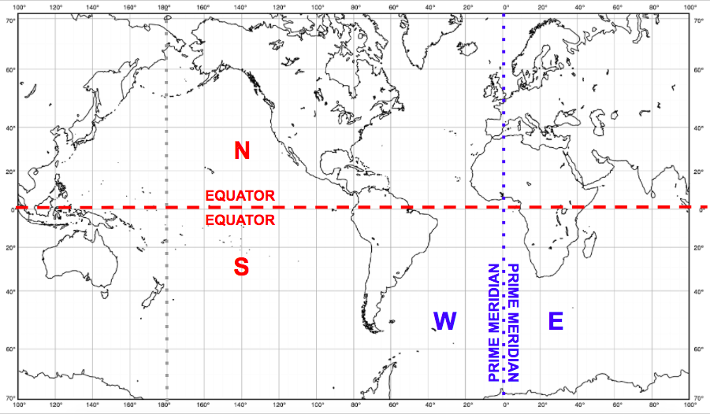
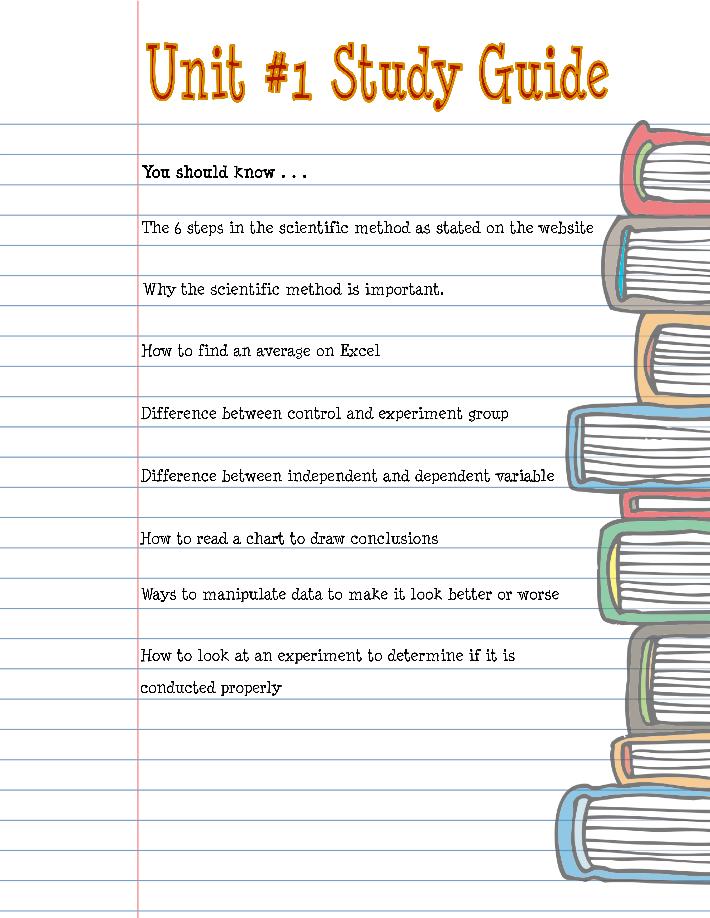
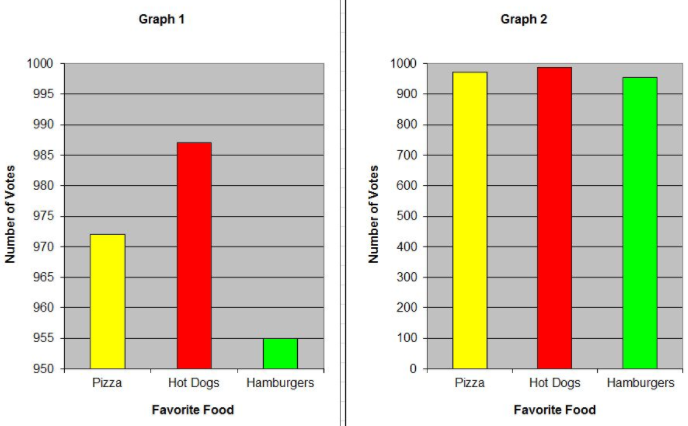







May 31 (D)
Learning Objective: Today we will do a final review of the Aquatic Assessment to make sure we have no gaps in our understanding. I will also upload a video recording to the Google Drive of what will be on the assessment on the first class of next week! If you need help with changes in states of, click this link!
Homework: Please study for your assessment on Monday
May 28 (A)
Learning Objective: I will be out of the building today but available to conference via email. You have the option of doing the following...
1. Reviewing the Aquatic Assessment with a group or partners and you may absolutely use the internet. I suggest HAND WRITING AND DRAWING things you did not know. I have your copies but use the document uploaded in your class drive.
2. Reviewing the vocabulary from our last lesson (Water Worlds) and seeing if you can diagram/draw/write about the water cycle
3. See if you can answer the writing questions from the Brazilian Assessment I shared with you at the beginning of the unit
Homework: Study any of the 3 objectives from today that you have doubts on. Once, again, I am available via email!
May 24 (H)
Learning Objective: The lessons we have done so far for the water cycle are...
1. The Water Within 2. The Chemistry of Water 3. The Origins of Water
Today we will start lesson number 4. Water Worlds. Please make a copy of this document and have as much of it completed as you can by the end of the period.
Homework: Have Lesson 4 completed by next class. Our water cycle summative will be the last class of next week. Have a great class.
May 14 (H)
Learning Objective: Today we will learn how to effectively speak about science using our experiments from the science fair. You can find all the information that you need on the ASM Science Fair page.
Homework: Posters will be printed at 1:25 pm on Wednesday!
May 7 (C)
Learning Objective: Today we will peer edit each others poster rough drafts. Keep the following ideas in mind when reviewing your classmates work...
1. What is your IMMEDIATE reaction to the poster?
2. Does the poster have good flow and transition?
3. Is their conclusion supported by the data?
4. Do they follow the principle of parsimony?
Homework: Prepare for a mini-summative on the water molecule. I will tell you exactly what will be covered on this assessment at the beginning of our class!
May 3 (A)
Learning Objective: Today we will work independently and collaboratively on our data and posters for the ASM Science Fair. I really liked the work we did last class and I hope you continue to be responsible and motivated.
Homework: Have your poster rough draft completed by next class, Monday (C).
May 2 (H)
Learning Objective: Today we will work on creating data sheets, graphs, and charts based on the results of our experiment that we will use in our posters. Please go to the ASM Science Fair page for the template you can use for this.
Homework: Check the ASM Science Fair page.
April 27 (F)
Learning Objective: Today we will learn how Earth got its water from outer space!

Homework: Continue working on your science fair project
April 24 (D)
Learning Objective: Today we will learn about why ice floats and why this is an incredibly important property of water.
Activity #3 Videos
How polarity makes water behave strangely
Homework: Check ASM SCIENCE FAIR

April 23
Learning Objective: Today we will learn about the chemistry of water molecules and how the polarityof the water molecule make it such a special substance.

Homework: Continue working on your science experiments at home!
April 19 (A)
Learning Objective: Today we will learn about the importance of water for us humans and where the Earth got its water in the first place. To do this you will complete the The Water Within google document in your class drive (private copy)
Image: The Hadean Earth without water approximately 4 billion years ago

Homework: Continue working on your experiments at home!!!
April 16 (F)
Learning Objective: Today we will review our assessments and then we will work either individually or in small groups to learn about the water cycle. Today you are going to build as much background knowledge on the topic as possible and next class we will officially start our unit on the hydrosphere!

Homework: Start your experiments!!!
April 10 (C)
Learning Objective: Today we will review how to write a procedure, the difference between qualitative and quantitative data, and then do a final review of atomic structures. This is the periodic table you can use on the assessment Thursday

Homework: Make sure to study for your assessment!
April 9 (A)
Learning Objective: Today we will review our work on drawing atomic diagrams and then we will work on our atomic comics. Our summative assessment for the chemistry fundamentals will be this Thursday. We will review Wednesday as well!

Homework: Please study the chemistry fundamental sheet and review the formative assessment. Wednesdaywe will start Checkpoint #4 for the Science Fair
March 28 (F)
Learning Objective: Today we will finalize the designs for our Atomic Comics after making sure that we are experts on the atoms that we chose to study. Hint: This will be important for your mini summative.
Homework: Continue working on the Checkpoint #3

March 26 (D)
Learning Objective: Today's class will be divided in two parts with the emphasis on research and becoming more knowledgeable about our experiment and atoms
Part I (first 30 minutes): Work on Checkpoint #3 for the Science Fair
Part II (last 30 minutes): Go to your class Drive and begin working on the Atomic Comic. Make sure you read the instructions very carefully please!
Homework: Continue working on Checkpoint #3
March 21 (A)

March 16 (F)
Learning Objective: Today we will have a Socratic Seminar on Checkpoints 1-1.5 and then we will turn our questions to ones that can be experimented on at home.
Once we have testable questions, we will start working on Checkpoint #2
Homework: Work on Checkpoint #2

March 14 (D)
Learning Objective: Today we will learn about basic chemistry as preparation for our upcoming unit on the water cycle. The "Chemistry Fundamentals" document is located in your class google drive and I also have a hard copy for each of you!!!

Homework: Prepare to discuss your checkpoints for the Science Fair on Friday
March 7 & March 9
Learning Objective: Today we will begin our Summative Volcano Presentations. Audience participation and respect are the expectation of our classroom culture.
Homework: Make sure that you are ready to share out your Science Fair Checkpoint 1 homework during our next class. No excuses for late work!
March 2 (D)
Learning Objective: Go to the ASM Science Fair page on the menu and follow the instructions for the day. I shared a new folder with you and would like you to set up your class folder just like we do for our regular class.
Homework: Complete Checkpoint 1 by Tuesday at 8 am
March 1 (C)
Learning Objective: Today will be the last day to work on your presentation. I recommend having other groups give you feedback on your slides. Lets do this!
Homework: Be ready to present on Monday
February 27 (A)
Learning Objective: Today we will continue working on our presentations. I have made a modification in that you will not have to do an infographic because I would like you to really focus on the quality of the slides and your presentation.
Homework: Please begin memorizing your material and practicing how you will present your material. I encourage you to ask your parents for feedback and see what questions they have for your topic (this will help you master the material).
February 26 (H)
Learning Objective: Each group will be responsible for these tasks, which are to be completed by the next D-day (Friday). I will be available for group conferences.
1. Google Slide (click here for the rubric)
2. Infographic
3. Optional visual
Homework: Make sure your work is completed by Friday
February 14 (F)
Learning Objective: Today we will review our ESRT 5 diagnostic and then we will begin a group project on volcanoes! By the end of the class you must provide me with a tangible note sheet (it may be digital, written, or a combination of both)...

Homework: 20 minutes of research/work
February 13 (D)
Learning Objective: Today we will look at how tsunami's work in greater detail, review the most important vocabulary for earthquakes/tsunamis, and then we will learn how to read Earth Science Reference Table 5

Homework: Please complete your classwork if you do not finish in class.
February 12 (C)
Learning Objective: Today we will have a special presentation from Ms. Shelby on a topic that she will be introducing because its a surprise! Lets be super respectful
Homework: None
February 8 (A)
Learning Objective: Today we will see how the continents have moved during the Phanerozoic Eon, look at more evidence for plate tectonics, and then we will take a formative assessment. Before we start, lets take a look at how a tsunami looks!

Homework: Enjoy your weekend!.
February 7 (H)
Learning Objective: Today we will have guest visitor Alfred Wegener explain to us how plate tectonics works and we will see how fossil evidence supports this idea. This will be a review to question 2 from yesterday. The links below provide more information on this topic if you are in any doubt. We will look at them next class!

Homework: Make a cheat sheet for a brief formative assessment on earthquakes and tsunamis on Thursday (A). Anything from those two pages is fair game!!!
February 5 (F)
Learning Objective: Today we will share out our Earthquake myths and then we will complete a reading analysis of parts of Chapter 10 in The Magic of Reality
Homework: Be prepared to discuss the reading during our next class tomorrow.
FORMAL DAY (January 31)
Learning Objective: Today we were supposed to have a Skype session with an Antarctica research base but due to a technical error we were unable to do so. In substitution, we will do a lesson on how the Arctic and the Antarctic is changing.
Homework: Please make sure that you have completed the Earthquake Myth doc
PIJAMA DAY (January 29)
Learning Objective: Thanks to the Fund For Excellence, today we will have a special presentation from Lucia Sala who has done research and is a specialist in all things related to Antarctica and climate change!
Homework: Complete the Earthquake Myth google document by Wednesday. Make sure to read carefully and give detailed answers!

January 24 (F)
Learning Objection: Today we will review how plate tectonics works and then we will see if any organism could survive the disappearance of the magnetosphere...

Homework: Please study for your assessment on Friday. I will be giving instructions on what to study at the beginning of class. Detailed instructions!
January 22 (D)
Learning Objective: Today we will review our Formative Assessment from last week and then we will about how the outer core keeps us alive and sunburn free!

Homework: Continue studying for formative assessment (last class of week)
January 19 (C)
Homework: Please complete the two questions at end end of the assessment.
January 17 (A)
Learning Objective: Today we will learn how convection works and the affect that it has on the earth when the crust diverges and converges. We drew this...

Homework: Make sure that you have this diagram committed to memory by Friday and know where to place terms A-E as shown above.
January 16 (H)
Learning Objective: Today we will learn how convection in the mantle works!

Homework: Make sure you know how convection works and what happens to the density of an object when you heat it up or cool it down. This is super important!
January 12 (F)
Learning Objective: Today we will learn how density plays a major role in how the Earth is layered. To do this we first need to learn about what density actually is!
Homework: Enjoy your weekend
January 10 (D)
Learning Objective: Today we will begin our Dynamic Earth unit! Lets start by reviewing the Essential Questions and then we will complete the following...
1. Watch Everything You Need To Know About Planet Earth
2. Fill in the Structure of the Earth graphic organizer in your Drive
Homework: Please complete your graphic organizer.
2. Why does the Earth move?
3. What good evidence do we have that supports the theory of plate tectonics?
4. What different land-forms are produced by different types of plate interactions?
5. How likely are you to be killed by an earthquake or volcano and why?
VOCABULARY
Continental Crust
Oceanic Crust
Mantle
Outer Core
Inner Core
Density
Volume
Mass
Convergence
Divergence
Convection
Subduction Zone
Trench
Mid-Ocean Ridge
Volcanic Island Arc
Non-volcanic Mountain Range
Volcanic Mountain Range
Magnetosphere
January 9 (C)
Learning Objective: Today we will begin the Peer Review Process for our Ice Age presentations. We will use the cool feedback/warm feedback protocol. See below

Homework: Be prepared to present. We will do 1 presentation at the beginning of class each day.
December 13 (D)
Learning Objective: I have heard that you have a lot of assessments coming next week. In order to help alleviate some of that stress and because we are a day ahead of schedule, you will be given the privilege of using this period to...
1. Improve your timeline if you feel it could be more complete
2. Working on your Geologic Time Cheat sheet
3. Studying the Nebular Theory and/or Human Ancestors
4. Practice writing your 3 paragraphs on the history of the earth
Paragraph I: Nebular Theory
Paragraph II: Precambrian Time (Archean and Proterozoic)
Paragraph III: Phanerozoic Eon
Homework: Continue preparing for your Summative Assessment
December 12 (C)
Learning Objective: Today we will accomplish the following tasks with the goal of learning more about the history of the Earth and the organisms that inhabit it...
1. Correct Part II of our formative assessment
2. Review the material that we learned last class
3. Begin reading Earth Science Reference Tables 8 and 9

Homework: Study for your Summative Assessment next week on Monday. See below for the general Study Guide on what you need to know for this assessment

December 6 (A)
Learning Objective: Today we will start class with a mini lesson on how humans evolved over the last 7 million years focusing on the hominids featured in our time-line. The image below is of The Taung Child, a 3 year old Australopithecus.

Homework: Have the timeline completed by Monday and enjoy your weekend!
December 5 (H)
Learning Objective: Today you will investigate our human origins and make a basic timeline of human evolution using this resource. Click the images icons on the right side of that page to explore different parts of our past. Make your timeline visually appealing with hand drawn images and neat, written explanations (if you aren't a good artist you you can draw simple diagrams and emojis to express your thoughts on this).
Homework: Timeline rough draft is due at the end of class tomorrow. You will be given 20 minutes in class tomorrow and may work on this at home tonight if you want.
November 29 (D)
Learning Objective: Today we will take a formative assessment to see how well we have mastered the concepts of the Nebular Theory and Geologic Time. After you finish, complete the Introduction to ESRT 8 and 9 Google Slides on our Drive.

Homework: Complete Introduction to ESRT 8 and 9 Google Slides by Friday
November 28 (C)
Learning Objective: We are going to ease back into the week by reviewing the Nebular Theory and basic information on Geologic Time. After, we will take our first look at the Earth Science Reference Table for the Geologic History of Earth
Homework: Formative Assessment on Wednesday (D). Material will cover information on the two Nebular Theory Sheets and the Geologic Time reading.
November 22 (A)
Learning Objective: Today we will finish our discussion and drawings of how the Earth was created 4.6 bya in the process known as The Nebular Theory. After we complete this objective we will return to our Geologic Time cheat sheet work.

Homework: Enjoy your Thanksgiving!
November 21 (H)
Learning Objective: Today we made a Geologic Time cheat sheet using this article as our reference material. It provides us with basic information on how geologists break down time into Eons and Eras and what happened in those time frames.

Homework: None. You worked very well in class today.
November 17 (F)
Learning Objective: We will start our class by each person sharing out something cool they learned from the Scale of the Universe and then we will travel back 4.6 billion years to see how the Earth formed. Here is a video showing this process.

|
Nebular Theory Page 1.jpg Size : 1862.85 Kb Type : jpg |

|
Nebular Theory Page 2.jpg Size : 2160.519 Kb Type : jpg |
The thumbnails to the left are the blank story boards we will be drawing in, in the event that you need a fresh copy to redo your work or for practice if you want to dry and redraw this process on your own for extra practice. Fun times!
Homework: Study the vocabulary on the Nebular Theory story boards that were handed out today. At the beginning of next week we will have a brief formative assessment on this process and basic information on the scale of the universe.
November 15 (D)
Learning Objective: Today we will travel back 4.6 billion years and see how the Earth and solar system formed from a giant cloud of gas and dust in outer space.
Before we start, we will look at Background Information #3 to see how big the objects we will be discussing are when compared to one another. Very important!

Homework: Fill out this Google Document recording some interesting facts you learned from the interactive Website we began exploring today in class.
November 14 (C)
Learning Objective: Today we will look at our Essential Questions posted below in the orange box and then we will look at Earth creation myths from cultures around the world. Afterwards, we will look at some background information to give us a better understanding of the Universe!

Homework: Please take 20 minutes to write your own Earth Creation Myth. Make a copy of this document and save it to your private folder. Have fun!!!
November 7 (H)
Learning Objective: Today we will review our Google Slides and then compose a list of things "To Do" and "Not To Do" when making and delivering a presentation. We will then begin grading our Summative Assessments on Mapping the World.

Homework: Make the necessary edits to your Google Slides
November 3 (F)
Learning Objective: We will take the summative assessment on Mapping the Earth. Please use the map below for questions #19-22 on the assessment.
Homework: Enjoy your weekend!
October 30 (C)
Learning Objective: Today we will take a formative assessment that will cover our recent work on understanding topographic maps and creating topographic profiles
The images below are the answer key for the last series of topographic profiles
Homework: If needed, review your formative assessment at home to strengthen your skills!
October 26 (A)
Learning Objective: Today we will review our 4 topographic profiles from yesterday focusing particularly on Profile G --> H. After, we will continue practicing with another topographic map.
Homework: Please continue anything that you didn't complete during our class period and keep in mind you have a summative assessment next Friday.
October 25 (H)
Learning Objective: Today we constructed 4 topographic profiles based on one topographic map that had intervals of 25 meters. See image below for example
Homework: Please complete the 4 profiles if you did not finish in class
October 23 (F)
Learning Objective: Today I will give a tutorial on how to construct topographic profiles and then we will practice this new skill before completing our maps.

Homework: Study the terms we learned today and have your map ready to be collected tomorrow.
October 19 (D)
Learning Objective: Today we will review the Retest Review and then begin our mapping of earthquakes using the +/- coordinate system. This will be lots of fun!

Homework: Please complete the first two pages of earthquake mapping. Thanks!
October 17 (C)
Learning Objective: My apologies in advance for not being present for your class today. Today you will reinforce old skills from Unit 1 and new skills on mapping.
Activity #1: Everybody will spend the first 35 minutes completing this document. Make a copy and save it to your private folder. This is due Friday.
Activity #2: Continue mapping the volcanoes onto your enlarged map. If you forgot your map, you must plot the points on your electronic version.
*Please volunteer to help teach any students who were absent the other day how to do the mapping. You can use the image below to guide you in this and extra maps for them are at the front of the class where my computer usually is

Homework: Please continue to do 15 minutes of mapping volcanoes and the Retest Review is due by Friday. Thank you all for your hard work and cooperation
October 16 (A)
Learning Objective: Today we will learn how to read a map using our Introduction to Mapping slides and then we will start Mapping Earthquakes and Volcanoes.
Homework: If you are eligible to take the retest on Friday at recess, complete the Unit 1 Retest Review found in the Google Drive. Make your own copy.
October 13 (H)
Learning Objective: Today we will start by reviewing our mapping homework from yesterday and then we will look at places we want to visit in the world!
Homework: Complete your 6 travel locations with 3 specific reasons for visiting on Slide 5 of the Introduction to Mapping. Enjoy the sunshine this weekend.
October 11 (E)
Learning Objective: Today we will complete our summative assessment review and then we will preview our next unit on mapping by...
Homework: Complete Activity #2 by Friday (H)
September 29 (D)
Learning Objective: Today we will review our summative assessment from last class and then we will analyze the data from that assessment using this sheet.
Homework: Pack for Switzerland!
September 28 (C)
Learning Objective: Today we will take our summative assessment. When instructed, go to the Google Drive and await further instructions. Thank you!
Homework: Relax and if you want you can create some cool math art using this Arabic Art Tile Creator. The gallery below shows some of my 7th graders work.
September 26 (B)
Learning Objective: Today we will go over the Lab Skills Review in preparation for our Scientific Method Summative Assessment on Thursday (C)

Homework: Study for summative assessment on Thursday (C)
September 25 (H)
Learning Objective: Today we will spend time improving our work from this unit and then we will complete the Lab Skills Review. This document will be corrected tomorrow in class.
Homework: Study for your summative assessment on Thursday (C)
September 21 (F)
Learning Objective: Today we will review our student-directed lab from our last class and then we will take a look at how to change data to trick people!

Homework: None
September 19 (D)
Learning Objective: Today we will conduct a student-directed lab that answers the question, "What is the effect of typing with your non-dominant hand on the number of words per minute you can type? You will use this typing program.
Homework: Have this lab and the Metal vs. Memory Lab completed by Thursday (F)
September 18 (C)
Learning Objective: Today we will complete our Metal versus Memory experiment from yesterday in order to review the following vocabulary terms...

1. Control Group
2. Experimental Group
3. Independent Variable
4. Dependent Variable
Homework: None
September 14 (A)
Learning Objective: We will assess our knowledge of the scientific method and Excel. We will then learn 4 new terms through an experiment that asks, "What effect does listening to metal have on a students ability to memorize words?"

Homework: None
September 13 (H)
Learning Objective: Today we will complete our first lab using the format provided on the Lab Report Template
Homework:
1. Make sure you have your Skunk Works Lab completed and neatly formatted by Thursday (A)
2. Formative assessment on Thursday (A) that will cover the scientific method, how to make graphs on excel, and the material we learned today.
September 11 (F)
Learning Objective: Today we will learn how to take data from a table and make it into a chart using Excel. I will teach you the basics and then you will do a self-exploration of the Chart Editor feature of Excel to tell me what you learned.

Homework: Study for Formative Assessment on Thursday (A). The material will be related to the scientific method and the excel information that we learn this week.
September 7 (D)
Learning Objective: Today we will review our PURPOSE and HYPOTHESIS (based on RESEARCH) before creating a procedure to TEST OUR HYPOTHESIS. If time permits we will ANALYZE OUR DATA and then DRAW CONCLUSIONS.

Homework: Have the PROCEDURE done by Monday (F).
September 6 (C)
Learning Objective: Learn what the scientific method is and how we can use it to solve real world problem. See thumbnail below for the scientific method posters.
Click here for the Skunkworks Cargo Plane Lab

Homework:
1. Make sure that you have your Student Profile completed by the date posted on September 4 (scroll down).
2. Complete the PURPOSE and HYPOTHESIS section of the lab by tomorrow (D).
3. How do we use data to make decisions?
4. In what ways can data be organized to misrepresent findings?
September 4 (A)

Independent Task: Complete Student Profile in Google Drive by this Thursday (D). The more complete your answers, the better I can help you learn this year.